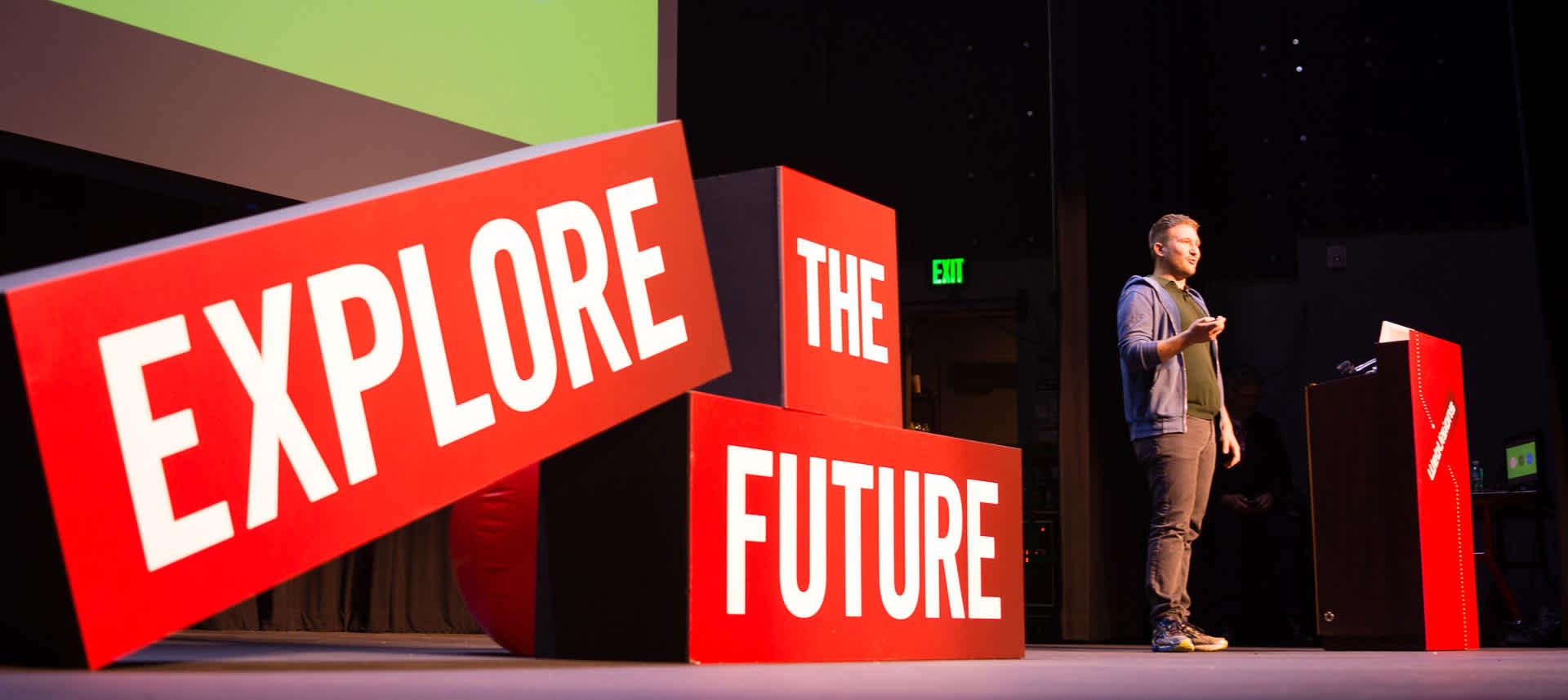Article
Hello From the Other Side

Adele might not be the first thing that comes to mind when talking about working agile, but Christian Titze, head of our North America operations, had a point. His talk at last month’s WebVisions in Portland, “Hello From the Other Side”, focused on the other side of agile—how we manage the process with our clients.
Christian covers the challenges of negotiating and translating a client’s needs, wishes, and realities. Every client and every project is different. We have to adapt to our clients’ processes, requirements, and realities, but we also have to be agile evangelists. So, how do we do it?
Here’s our guide to the key points from Christian’s talk.
Trust us, we’re designers
If we don’t have the client’s trust, we can’t work agile. Communication is key: it’s how we build trust even before the project starts, especially with clients who have never worked scrum or agile before. It can be tough to get past waterfall expectations.
When it comes to the process itself, one of the best ways to build trust is through rapid prototyping. It makes our clients happy. Sometimes, actions speak louder than words.
Budgets don’t budge
We work with three constraints: budget, timeline, and features. We operate within our client’s budget, so compromises are limited to timeline and features. This is where communication comes in, again.
If a client loves a feature and wants to develop it further, that’s great. It just means that we either need more time, or to make compromises on other features that we’d originally defined. Being in constant contact with the client means we can ensure the most important aspects of a project are always realized.
Caring is sharing
We have to take care of our clients throughout the whole process; someone needs to be on the end of the phone, always. Noticing a theme here? We did say communication is key.
Clients can feel nervous working agile because they’re not sure of the outcome. It’s up to us to walk and talk them through everything. Our clients always know what we’re doing, and where we’re at. They’re as much a part of the team as our designers or developers. Which brings us to the next point:
There’s no I in team
Two product owners = double the fun. The client has to own the project too, because, after all, it’s their project. Yes, clients come to us because we do something they can’t, but they also know things that we don’t. We both bring separate strengths and expertise to the project, and working together ensures the best possible outcome.
Deadlines exist for a reason
If a project can take forever, it will take forever. That’s life. But deadlines are a reality, and we have to deliver. Working agile lets us prioritize the most vital aspects of a project and deliver them at the right time.
We are agile too
We work with interdisciplinary teams. Projects have varied requirements, so they need varied teams: we can’t build a complex digital product without having different disciplines in one team.
Equally, we as a company have to embrace agile, and not just apply it to client projects. We practice what we preach. Brainfood, Maker Days, Design Couch, Dev Couch. Our agile mindset is embedded in company rituals.
Ultimately, our role is to bridge the gap between ourselves and our clients, and stay true to ourselves and our agile beliefs in the process.
Want to learn more about agile working here at Edenspiekermann? We’re hosting WebVisions Berlin! On October 26th, Robert Stulle will be speaking about agile user-centric innovation, along with a range of other guests, and we’d love to have you here.
Main image: WebVisions Flickr